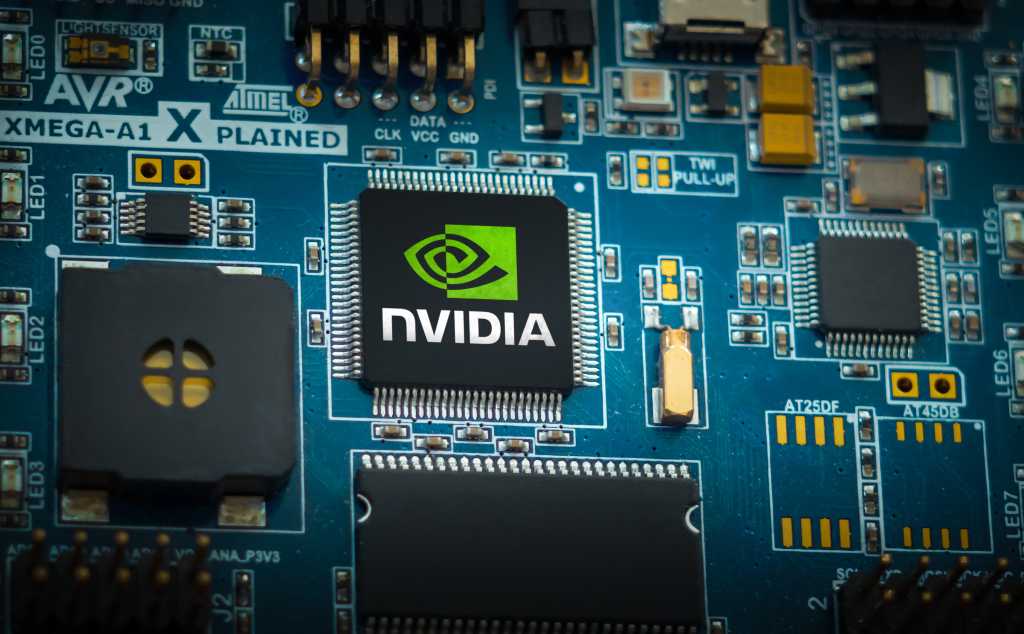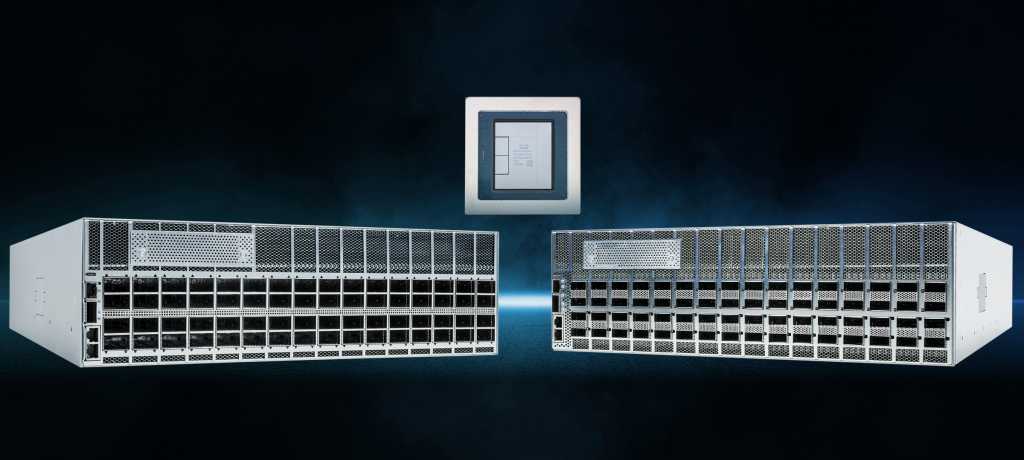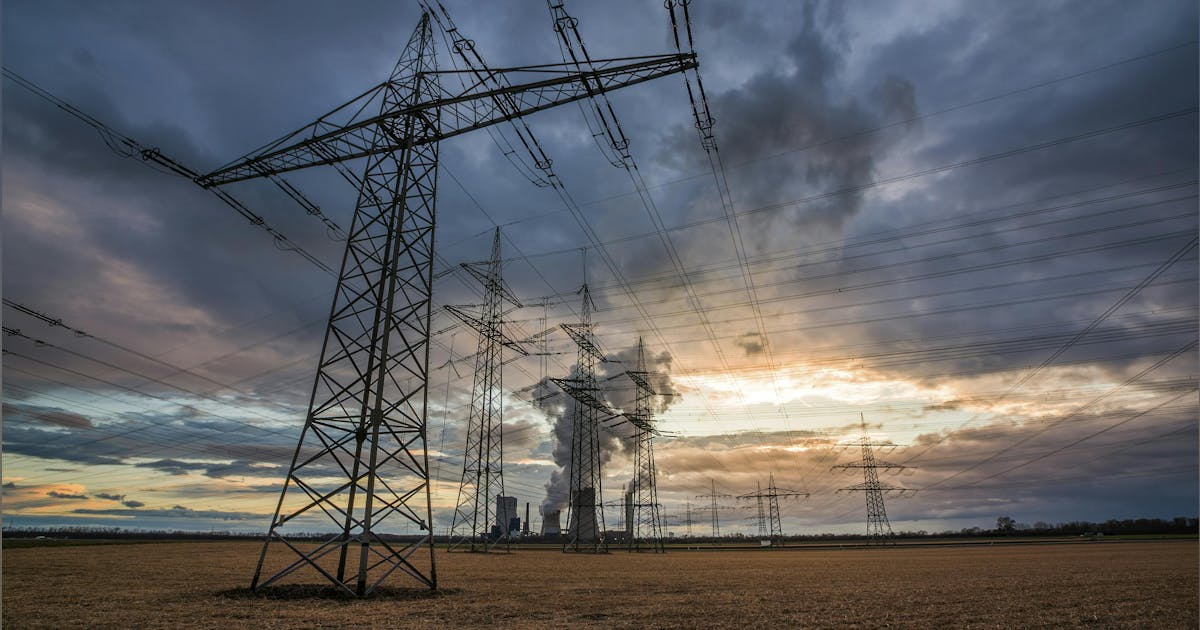
North America added one rig week on week, according to Baker Hughes’ latest North America rotary rig count, which was released on October 10.
The total U.S. rig count dropped by two week on week and the total Canada rig count increased by three during the same period, taking the total North America rig count up to 740, comprising 547 rigs from the U.S. and 193 rigs from Canada, the count outlined.
Of the total U.S. rig count of 547, 529 rigs are categorized as land rigs, 15 are categorized as offshore rigs, and three are categorized as inland water rigs. The total U.S. rig count is made up of 418 oil rigs, 120 gas rigs, and nine miscellaneous rigs, according to Baker Hughes’ count, which revealed that the U.S. total comprises 480 horizontal rigs, 55 directional rigs, and 12 vertical rigs.
Week on week, the U.S. offshore and inland water rig counts remained unchanged, and the country’s land rig count dropped by two, Baker Hughes highlighted. The U.S. oil rig count dropped by four, its gas rig count increased by two, and miscellaneous rig count remained unchanged, week on week, the count showed. The U.S. directional rig count dropped by three week on week, while the country’s horizontal rig count increased by one and its vertical rig count remained unchanged, the count revealed.
A major state variances subcategory included in the rig count showed that, week on week, Texas dropped six rigs, Oklahoma dropped three rigs, Wyoming dropped one rig, New Mexico added four rigs, Utah added two rigs, and Louisiana and North Dakota each added one rig.
A major basin variances subcategory included in Baker Hughes’ rig count showed that, week on week, the Granite Wash basin dropped two rigs and the Eagle Ford, DJ-Niobrara and Permian basins each dropped one rig. The Haynesville basin and the Ardmore Woodford basins each added two rigs week on week and the Williston and Cana Woodford basins each added one rig week on week, the count revealed.
Canada’s total rig count of 193 is made up of 129 oil rigs, 63 gas rigs, and one miscellaneous rig, Baker Hughes pointed out. Week on week, the country’s oil and miscellaneous rig counts remained unchanged, and its gas rig count increased by three, the count revealed.
The total North America rig count is down 65 rigs compared to year ago levels, according to Baker Hughes’ count, which showed that the U.S. has cut 39 rigs and Canada has cut 26 rigs, year on year. The U.S. has dropped 63 oil rigs and added 19 gas rigs and five miscellaneous rigs, while Canada has dropped 25 oil rigs and two gas rigs, and added one miscellaneous rig, year on year, the count outlined.
In a report sent to Rigzone by the JPM Commodities Research team on Monday, analysts at J.P. Morgan highlighted that “total U.S. oil and gas rigs decreased by two this week to 547, according to Baker Hughes”.
“Oil-focused rigs saw a decrease of four, bringing the total to 418, following the loss of two rigs the previous week. Meanwhile, natural gas-focused rigs increased by two to 120 following an increase of one rig last week,” the analysts added.
“The rig count in the five major tight oil basins – we use the EIA [U.S. Energy Information Administration] basin definition- decreased by five to 396 rigs, while the rig count in the two major tight gas basins increased by one to 83 rigs. Miscellaneous rigs remained unchanged at nine,” they continued.
“This week, the U.S. oil rig count fell by four, marking the second consecutive weekly decline. Three rigs were lost in Delaware, Texas, while four were added in Delaware, New Mexico; Midland also saw a reduction of two rigs, with some of these changes likely linked to oil and gas pipeline maintenance in Texas,” the analysts stated.
“The Anadarko region experienced a drop of three rigs. Overall, the trend is mildly negative but not cause for concern – the slowdown in Permian activity appears to be driven more by logistical and midstream constraints than by underlying market weakness,” the analysts went on to note.
The J.P. Morgan analyst stated in the note that U.S. oil production growth remained robust, “largely fueled by strong gains in the Permian Basin”.
“In October, U.S. oil production growth is expected to moderate to 100,000 barrels per day year-over-year, with the Permian Basin contributing 170,000 barrels per day. This reflects slightly weaker prices, lower rig counts, and ongoing midstream maintenance,” it added.
In its previous rig count, which was released on October 3, Baker Hughes revealed that North America’s rig count remained unchanged week on week. The total U.S. rig count and the total Canada rig count didn’t budge week on week, that count showed.
Baker Hughes’ September 26 rig count revealed that North America added eight rigs week on week, its September 19 rig count revealed that North America added six rigs week on week, its September 12 rig count showed that North America added seven rigs week on week, and its September 5 rig count also revealed that North America added seven rigs week on week.
In its August 29 rig count, Baker Hughes showed that North America cut seven rigs week on week. The company’s August 22 rig count showed that North America cut four rigs week on week, its August 15 rig count revealed that North America added three rigs week on week, and its August 8 rig count revealed that North America added two rigs week on week.
Baker Hughes’ August 1 rig count showed that North America dropped seven rigs week on week, its July 25 rig count revealed that North America added eight rigs week on week, its July 18 count showed that North America added 17 rigs week on week, its July 11 rig count showed that North America added nine rigs week on week, and its July 3 count highlighted that North America added three rigs week on week.
In its June 27 rig count, Baker Hughes revealed that North America dropped six rigs week on week. The company’s June 20 rig count showed that the total North America rig count remained unchanged week on week, its June 13 rig count showed that North America added 20 rigs week on week, and its June 6 rig count showed that North America cut two rigs week on week.
Baker Hughes’ May 30 rig count revealed that North America dropped five rigs week on week, its May 23 count showed that North America dropped 17 rigs week on week, and its May 16 rig count showed that North America added five rigs week on week. The company’s May 9 rig count revealed that North America cut 12 rigs week on week, its May 2 count revealed that North America dropped 11 rigs week on week, and its April 25 count showed that North America dropped four rigs week on week.
Baker Hughes’ April 17 count showed that North America dropped two rigs week on week, its April 11 rig count revealed that North America cut 22 rigs week on week, the company’s April 4 rig count showed that North America cut 12 rigs week on week, its March 28 count revealed that North America cut 18 rigs week on week, and its March 21 rig count also revealed that North America cut 18 rigs week on week. Baker Hughes’ March 14 count showed that North America dropped 35 rigs week on week and its March 7 rig count revealed North America cut 15 rigs week on week.
In its February 28 rig count, Baker Hughes showed that North America added five rigs week on week. Its February 21 count revealed that North America added three rigs week on week, its February 14 rig count showed that North America dropped two rigs week on week, and its January 31 rig count showed that North America added 19 rigs week on week.
The company’s January 24 rig count revealed that North America added 12 rigs week on week, its January 17 count showed that North America added nine rigs week on week, and its January 10 rig count outlined that North America added 117 rigs week on week.
Baker Hughes’ January 3 rig count revealed that North America dropped one rig week on week and its December 27 rig count showed that North America dropped 71 rigs week on week.
Baker Hughes, which has issued rotary rig counts since 1944, describes the figures as an important business barometer for the drilling industry and its suppliers. The company notes that working rig location information is provided in part by Enverus.
To contact the author, email [email protected]






















